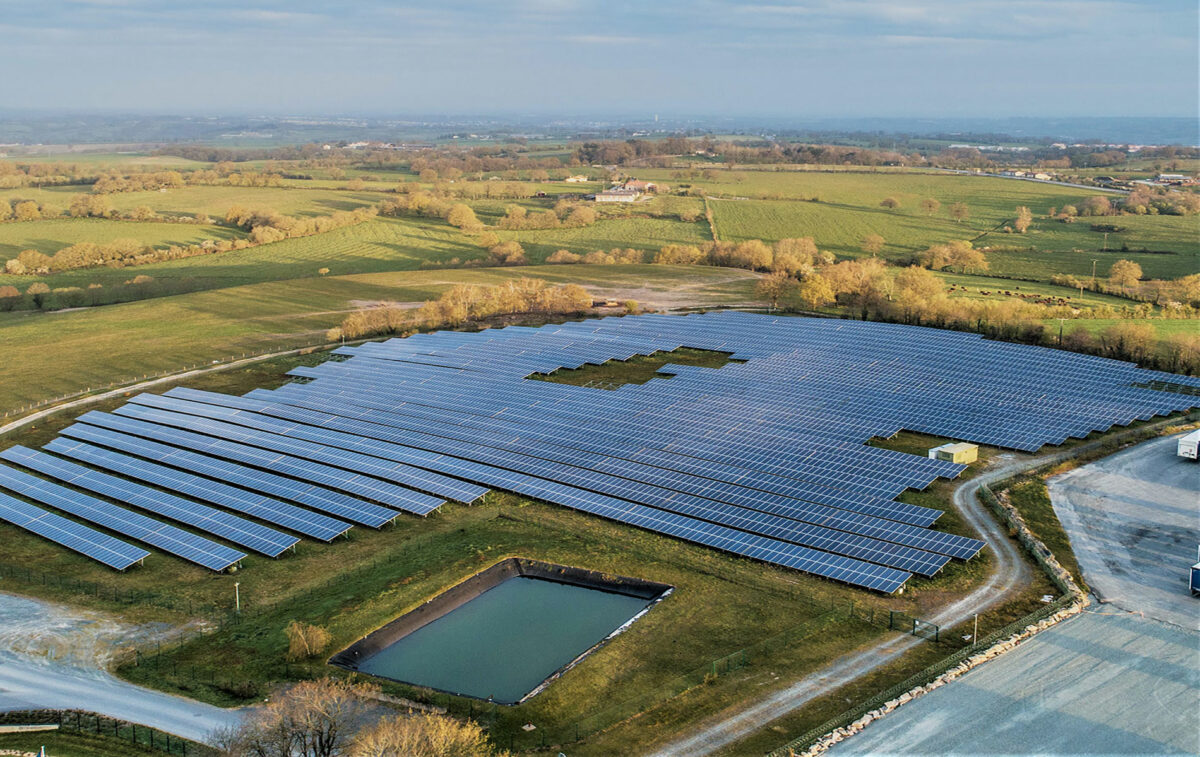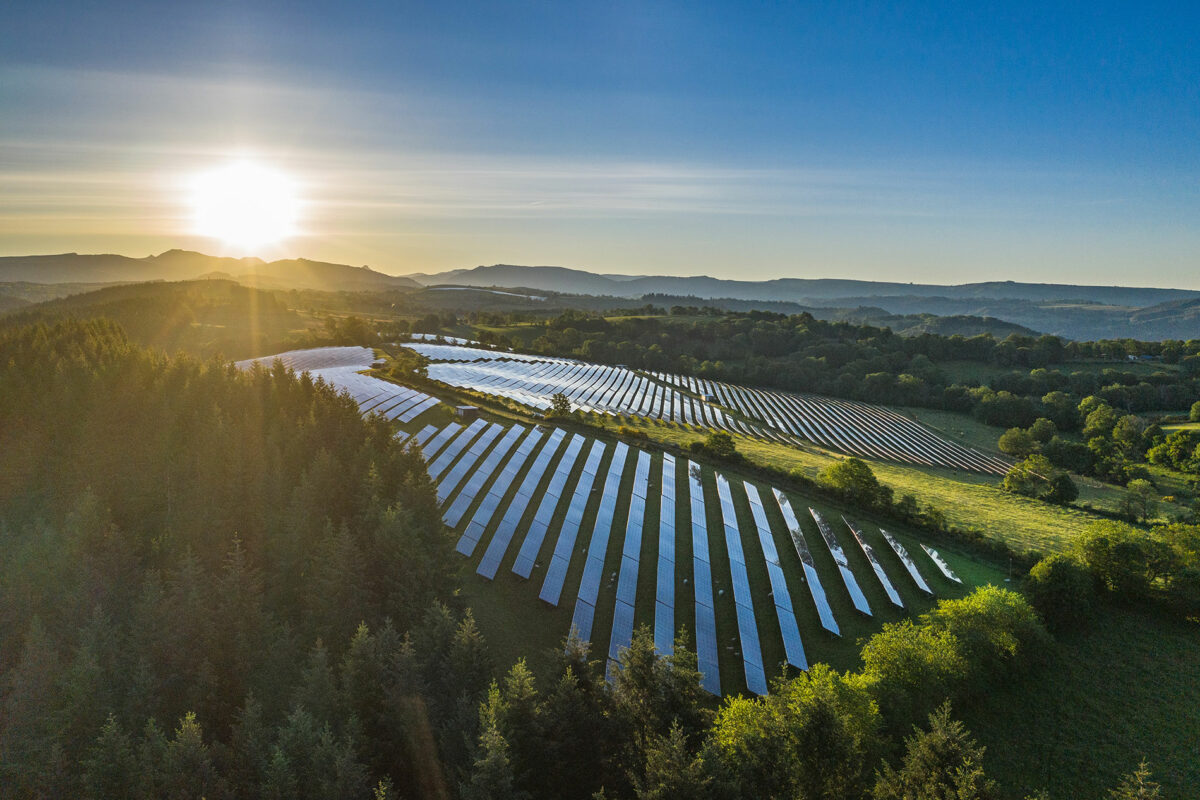Sarrazac photovoltaic park (46)
With a capacity of 11.5 MWp, the installation is designed to provide electricity to around...
Our ground-mounted photovoltaic installations are developed on degraded, artificial, or non-agricultural land, with the aim of rehabilitating and enhancing these areas.
Installed on often unused sites—such as polluted zones, waste storage centers, quarries, industrial wastelands, or stone fields—our installations contribute to the rehabilitation of these spaces while producing green and sustainable energy.
Discreetly integrated into landscapes, these installations are driving the growth of photovoltaics in France, thanks to their significant production capacity and high installed capacity.

Degraded land offers an ideal opportunity for the installation of photovoltaic panels. These spaces, often unusable for other activities, become real levers for producing renewable energy while rehabilitating the land.
With an optimized layout, including 6 to 7-meter-wide tables spaced one meter apart, and a minimum height of 60 cm from the ground, our installations maximize their density to finance the additional costs related to these lands (earthworks, depollution, distance from networks). These projects transform low-value spaces into productive areas, while contributing to the growth of photovoltaics in France.

Natural land, which makes up nearly 39% of the French territory, represents another strategic area for the development of photovoltaic power plants. These spaces house almost all of France’s biodiversity and, as such, require a rigorous approach, with environmental impact studies conducted over at least one year by independent ecologists.
Each project strictly follows the Avoid – Reduce – Compensate sequence, meaning installations are only placed on areas of land with the lowest ecological impact. This includes scheduling work to avoid the breeding and nesting periods and, if necessary, compensating for the impacts of the photovoltaic project through ecological initiatives (such as the restoration of ponds).
The installations are easily dismantled at the end of their lifecycle and are designed to avoid land artificialization. The panels are mounted on tables 4 to 5 meters wide, spaced approximately 3 meters apart, with a minimum height of 1.1 meters. The ground is not covered with concrete, allowing the soil to continue to breathe.

With a capacity of 11.5 MWp, the installation is designed to provide electricity to around...
This installation involves the production of local photovoltaic energy, as close as possible to where...
This project has an installed capacity of 20 MWp and produces 22.5 GWh of electricity...
The production of the Salviac photovoltaic power plant corresponds to the electricity consumption of 4,600...